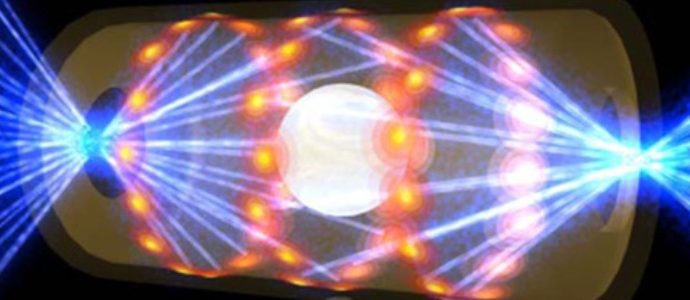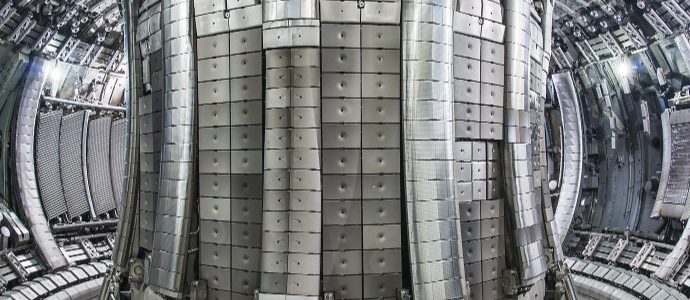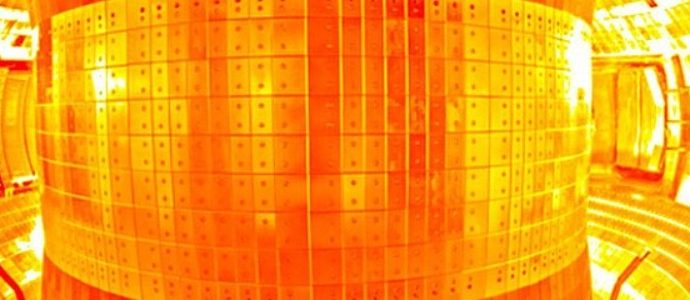Surplus Energy Produced by Nuclear Fusion Reaction Increased at National Ignition Facility
Researchers at the National Ignition Facility (NIF) in Livermore, California have reproduced a crucial fusion ignition experiment that saw more energy produced from a hydrogen fusion reaction than what was used to start the reaction in the first place. Although the research team is still crunching the numbers, they sayread more


